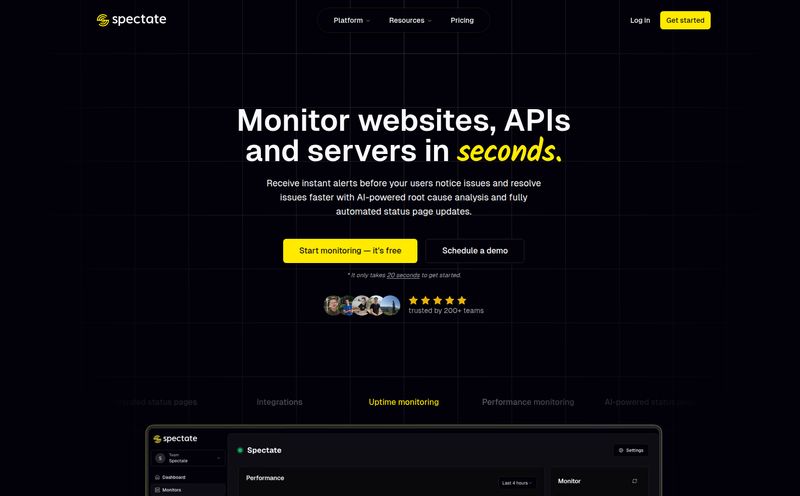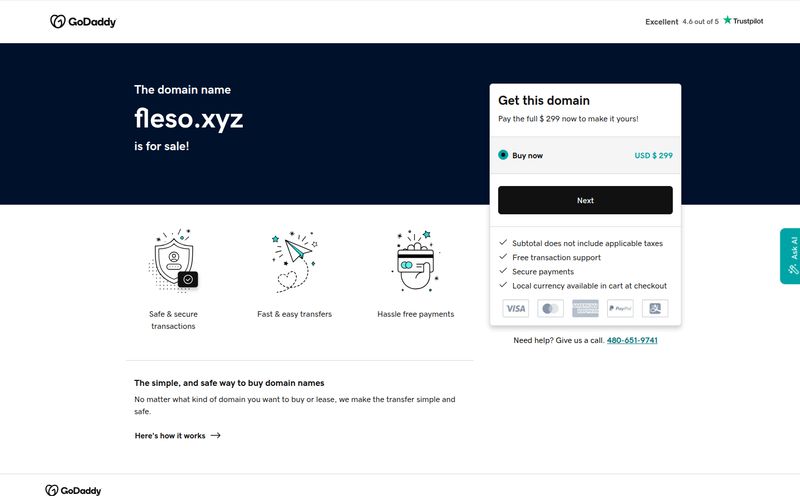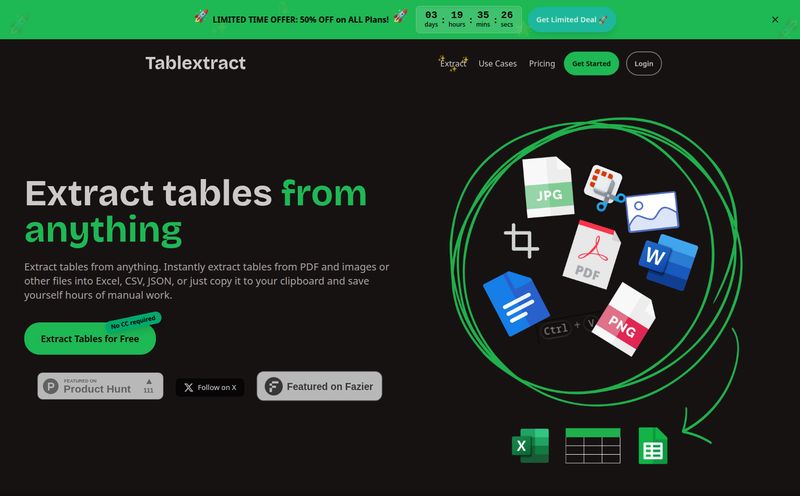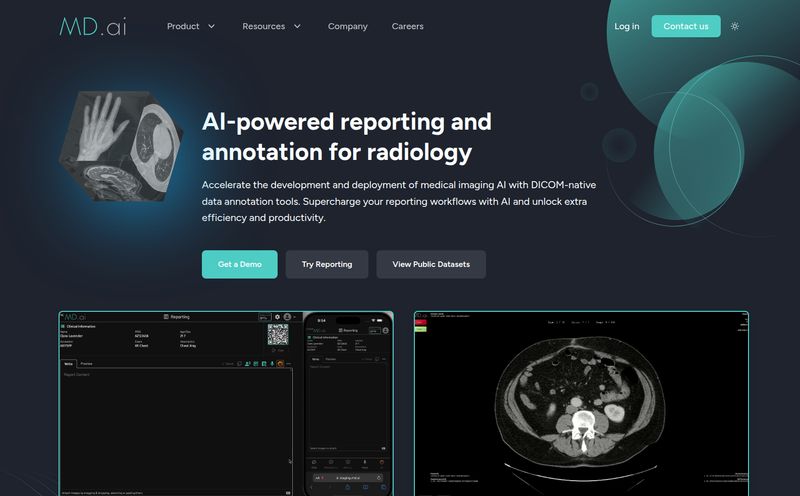We’ve all been there. Staring into the abyss of a Jira backlog, a seemingly endless wall of tickets, sprints, and epics. It’s powerful, sure. But intuitive? Visual? Inspiring? Not exactly the words that spring to mind. It can feel like you're trying to build a beautiful cathedral by only looking at one brick at a time. You lose the big picture. The why.
For years, my teams and I have tried everything. Trello boards on the side, complicated spreadsheets, fancy third-party roadmap tools that never quite sync up. It was always a kludge. A patch on a problem that lives right inside the Atlassian ecosystem. I'd pretty much resigned myself to the fact that this was just the cost of doing business in an agile world.
Then I stumbled across ProductGo. And I have to say, it felt like someone finally turned the lights on in a room I’d been stumbling around in for years.
So, What Exactly is ProductGo?
First off, let’s be clear what it’s not. It’s not another standalone project management platform trying to pull you away from what your team already knows. Thank goodness. Instead, ProductGo is a suite of AI-powered apps that plugs directly into Jira and Confluence. Think of it less as a replacement and more as a powerful set of prescription glasses for your existing setup. It takes the mountain of data you already have in Jira and transforms it into something you can actually see and interact with.
At its core, it’s built around a simple but brilliant idea: project planning and product development should be a visual, dynamic experience. It’s designed to give product owners and their teams that high-level, bird’s-eye view that is so frustratingly difficult to get from a standard Jira list.
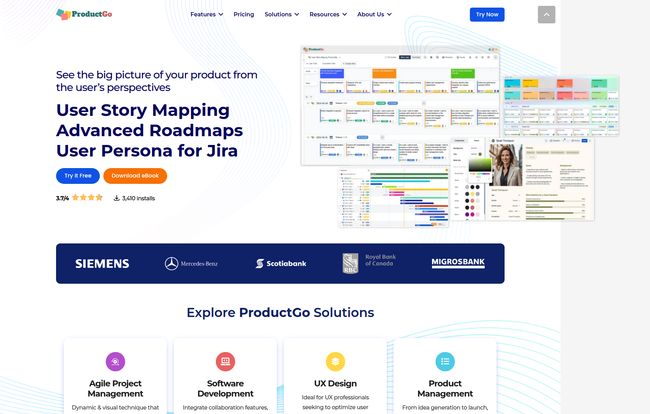
Visit ProductGo
Escaping the Dreaded Jira Ticket Jungle
The real problem ProductGo solves is the disconnect between the daily grind of development tickets and the overarching product vision. A flat backlog tells you what tasks are next, but it does a terrible job of explaining how they all fit together to create a coherent user experience. You can't see the user's path. You can't see dependencies in a meaningful way. You just see a list.
This is where agile teams often stumble. Sprints become a mad dash to clear tickets, and backlog grooming sessions turn into debates over story points for isolated tasks. The big picture gets lost in the noise. ProductGo aims to bring that picture back into sharp focus.
The Standout Features That Genuinely Make a Difference
ProductGo isn’t just one thing; it’s a collection of tools. And a few of them are absolute game-changers for any agile team.
Visual User Story Mapping: The Heart of the Operation
This is the star of the show. Instead of a one-dimensional list, the Agile User Story Map lays out your entire product backlog as a two-dimensional grid. You can structure it logically—typically with user activities and steps along the horizontal axis, and priority or releases along the vertical axis. Suddenly, you can trace a user's entire experience from start to finish. You can see gaps in the flow. You can easily drag and drop issues to prioritize them within the context of the whole system. It's so simple, yet so effective.
Roadmaps That Don't Require a Cartographer
I’ve built more roadmaps in PowerPoint and Google Sheets than I care to admit. They're a pain to create and even worse to keep updated. ProductGo’s Roadmap for Jira feature builds a dynamic, living roadmap directly from your Jira issues. You can visualize initiatives, track progress in real-time, and share a clear, high-level plan with stakeholders without ever leaving Jira. No more manually updating a separate document every time a sprint changes. It's a huge time-saver.
Bringing Users to Life with Advanced Personas
How often do we talk about building for the user, only to have that user become an abstract concept? The Advanced Personas for Jira tool lets you create and manage detailed user personas right inside your project. You can link specific epics and stories to the personas they serve. This is more than just fluff; it constantly reminds the team who they're building for, which can be incredibly powerful for making better product decisions.
The AI Twist and the Good, The Bad, and The Pricey
ProductGo sprinkles in what they call "DevSamurai AI" to boost productivity. This can help with things like generating user stories from brief ideas or fleshing out acceptance criteria. It's a nice touch, though I find the core visual tools to be the main attraction. It’s a helpful assistant, not the main reason to get the tool.
Now, no tool is perfect. In my experience, there are always trade-offs. Some might argue that adding another layer on top of Jira just complicates things. To that I'd say, it's not another layer of complexity; it's a layer of clarity. The real issue is the potential learning curve for some of teh more advanced features, and the pricing model. It’s not a one-size-fits-all cost. But let's break that down.
Let's Talk Money: ProductGo Pricing Explained
Here’s where the rubber meets the road for many teams. The pricing is per-user, which is pretty standard for SaaS tools these days. The good news? It’s incredibly generous for small teams.
The Cloud version has a pricing structure that scales with your team size. And I have to give them major props for this: it’s completely free for up to 10 users. This isn't a crippled free version; it's the full experience. It’s a fantastic way to get your core team on board and prove its value before you have to spend a dime.
Here’s a quick look at the Cloud pricing tiers (monthly, per user):
| Number of Users | Monthly Price Per User |
|---|---|
| Up to 10 | Free |
| 11-100 | USD 1.90 |
| 101-250 | USD 1.00 |
| 251-1000 | USD 0.80 |
The price continues to drop as you add more users. For larger organizations or those with specific security needs, there's also a Data Center version, which is priced annually. And for everyone, there's a 30-day free trial to test out all the features without commitment.
The Final Verdict: Is ProductGo Worth the Investment?
For me, it’s a resounding yes. If your team lives and breathes in the Atlassian ecosystem but constantly struggles to see the forest for the trees, ProductGo is more than worth it. It’s an investment in clarity, communication, and a more sane product development process. It bridges the gap between high-level strategy and on-the-ground execution in a way that vanilla Jira simply can't.
It won't magically solve all your process problems, but it gives you a powerful new way to see them, and that's often the most important step.
Frequently Asked Questions
Is ProductGo a replacement for Jira?
Absolutely not. It’s a suite of applications that integrates directly with Jira and Confluence to enhance them. You need an active Jira or Confluence instance to use it. Think of it as a powerful plugin, not a standalone tool.
Can I try it before buying?
Yes. They offer a 30-day free trial with full functionality. Even better, the Cloud version is completely free forever for teams of 10 users or less, which is perfect for startups or smaller project teams.
Is it difficult to set up?
No, setup is quite straightforward. Since it’s an app for Jira/Confluence, you install it directly from the Atlassian Marketplace. It hooks into your existing projects and issues, so you can start visualizing your current backlog almost immediately.
Does it work for both Jira Cloud and Data Center?
Yes, ProductGo provides solutions for both Jira Cloud and Jira Data Center environments. Just be aware that the pricing models are different—Cloud is typically monthly per-user, while Data Center is an annual license.
What is the single biggest benefit over just using regular Jira?
Clarity. The single biggest benefit is the ability to visualize your entire user journey and product structure in one place. It transforms an abstract list of tasks into a tangible map, which helps everyone from developers to stakeholders understand the big picture.
Conclusion
In a market flooded with project management tools that promise the world, ProductGo does something refreshingly simple: it makes the tool you already use better. It doesn't try to reinvent the wheel; it just gives you a much better way to see where your car is going. If you're tired of getting lost in the Jira jungle, I'd strongly suggest taking the free version for a spin. You might be surprised at what you see.
